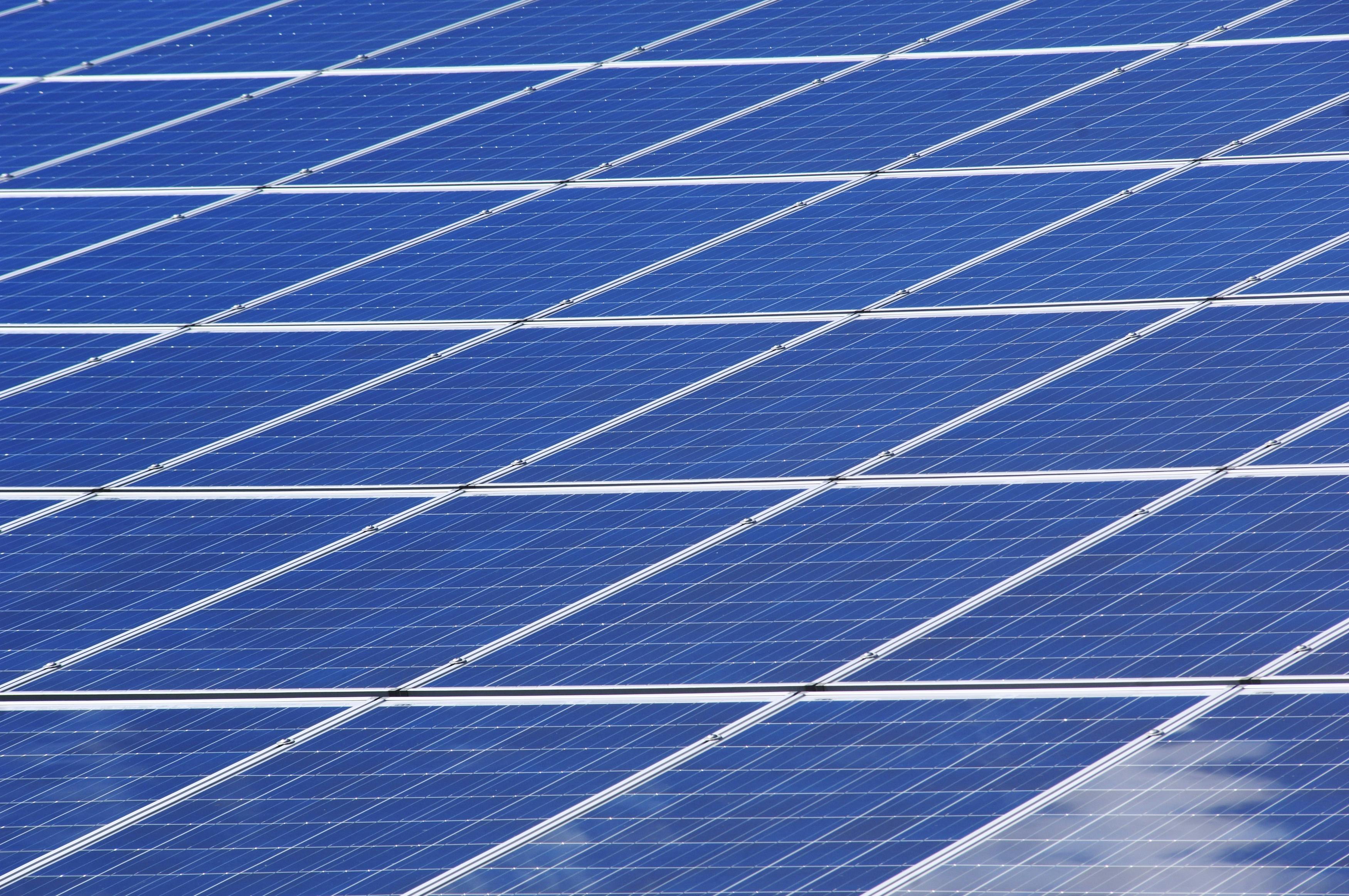Exploring Solar Panels: A Renewable Option for Homes and Businesses
Solar energy has emerged as a practical alternative to conventional electricity sources, offering households and commercial establishments a way to reduce their carbon footprint while potentially lowering energy costs. With advancements in photovoltaic technology and government incentives promoting clean energy adoption, solar panels have become increasingly accessible across India. Understanding how these systems function, what factors influence their performance, and the financial considerations involved can help property owners make informed decisions about transitioning to solar power.

The shift toward renewable energy sources has gained significant momentum in recent years, with solar power leading the charge in both residential and commercial sectors. As electricity costs continue to rise and environmental concerns become more pressing, many property owners are evaluating whether solar panels represent a viable investment for their energy needs. This technology harnesses sunlight to generate electricity, offering a cleaner alternative to fossil fuel-based power generation while providing long-term financial benefits.
How Solar Panels Work
Solar panels operate through photovoltaic cells that convert sunlight directly into electrical energy. These cells, typically made from silicon, contain layers of semiconductor material that create an electric field when exposed to sunlight. When photons from sunlight strike the solar cells, they knock electrons loose from their atoms, generating a flow of electricity. This direct current electricity is then converted to alternating current through an inverter, making it compatible with household appliances and the electrical grid. The efficiency of this conversion process depends on several factors, including the quality of the photovoltaic cells, the angle and orientation of the panels, and the amount of sunlight received. Modern solar panels can achieve conversion efficiencies ranging from 15 to 22 percent, with premium models reaching even higher rates. The entire system typically includes solar panels, an inverter, mounting hardware, and monitoring equipment that tracks energy production and consumption patterns.
Factors to Consider Before Installation
Before investing in a solar panel system, several critical factors require careful evaluation. The available roof space and its structural integrity determine the size and type of installation possible. South-facing roofs with minimal shading receive optimal sunlight throughout the day, maximizing energy generation. The local climate and average sunlight hours significantly impact system performance, with regions receiving abundant sunshine yielding better returns. Property owners should also assess their current electricity consumption patterns to determine the appropriate system capacity. Local regulations, building codes, and homeowner association restrictions may influence installation options. Grid connectivity and net metering policies affect how excess energy can be sold back to utility companies. Additionally, the quality and warranty terms of equipment from different manufacturers should be compared, as solar panels typically have lifespans of 25 to 30 years. Professional site assessments help identify potential obstacles and optimize system design for maximum efficiency.
Solar Panels vs. Conventional Power
Comparing solar energy with conventional electricity sources reveals distinct advantages and limitations. Traditional power generation relies heavily on coal, natural gas, and other fossil fuels, contributing to greenhouse gas emissions and air pollution. Solar panels produce clean energy without emissions during operation, significantly reducing environmental impact. While conventional power provides consistent electricity regardless of weather conditions, solar generation fluctuates based on sunlight availability, requiring battery storage or grid connection for continuous power supply. The initial investment for solar systems is substantially higher than simply connecting to the electrical grid, but operating costs are minimal once installed. Conventional electricity rates typically increase over time, whereas solar systems lock in energy costs for decades. Maintenance requirements differ significantly, with traditional power infrastructure requiring extensive upkeep, while solar panels need only periodic cleaning and occasional component replacement. Energy independence represents another key distinction, as solar installations reduce reliance on centralized power grids and protect against outages.
Cost Considerations for Solar Panel Installation
Financial planning plays a crucial role in solar panel adoption, as the upfront investment can be substantial. System costs vary based on capacity, equipment quality, and installation complexity. Understanding the complete financial picture helps property owners evaluate the long-term value proposition.
| System Capacity | Provider | Cost Estimation (INR) |
|---|---|---|
| 1 kW Residential | Tata Power Solar | 60,000 - 75,000 |
| 3 kW Residential | Vikram Solar | 1,80,000 - 2,25,000 |
| 5 kW Residential | Waaree Energies | 2,75,000 - 3,50,000 |
| 10 kW Commercial | Adani Solar | 5,50,000 - 7,00,000 |
| 20 kW Commercial | Luminous Power Technologies | 11,00,000 - 14,00,000 |
Prices, rates, or cost estimates mentioned in this article are based on the latest available information but may change over time. Independent research is advised before making financial decisions.
Beyond the initial purchase price, installation costs typically add 10 to 15 percent to the total expense. Government subsidies and incentives can significantly reduce out-of-pocket costs, with schemes offering up to 40 percent subsidy for residential installations in certain capacity ranges. The payback period, when energy savings offset the initial investment, generally ranges from 5 to 8 years depending on electricity rates and system performance. Maintenance costs remain relatively low, averaging 1 to 2 percent of the system cost annually. Financing options, including solar loans with favorable interest rates, make adoption more accessible. Property value typically increases with solar installations, providing additional financial benefits. Long-term savings accumulate as conventional electricity rates rise while solar-generated power remains free after the payback period.
Key Takeaway
Solar panels represent a transformative technology that aligns environmental responsibility with economic practicality. While the initial investment requires careful financial planning, the combination of reduced electricity bills, government incentives, and environmental benefits creates a compelling case for adoption. Success depends on thorough assessment of site conditions, realistic expectations about energy generation, and selection of quality equipment with reliable warranties. As technology continues advancing and costs decline, solar energy becomes increasingly accessible to a broader range of property owners. The decision to install solar panels should be based on individual circumstances, including energy consumption patterns, available capital, local climate conditions, and long-term property plans. With proper planning and professional installation, solar systems can provide decades of clean, renewable energy while contributing to a more sustainable future.




